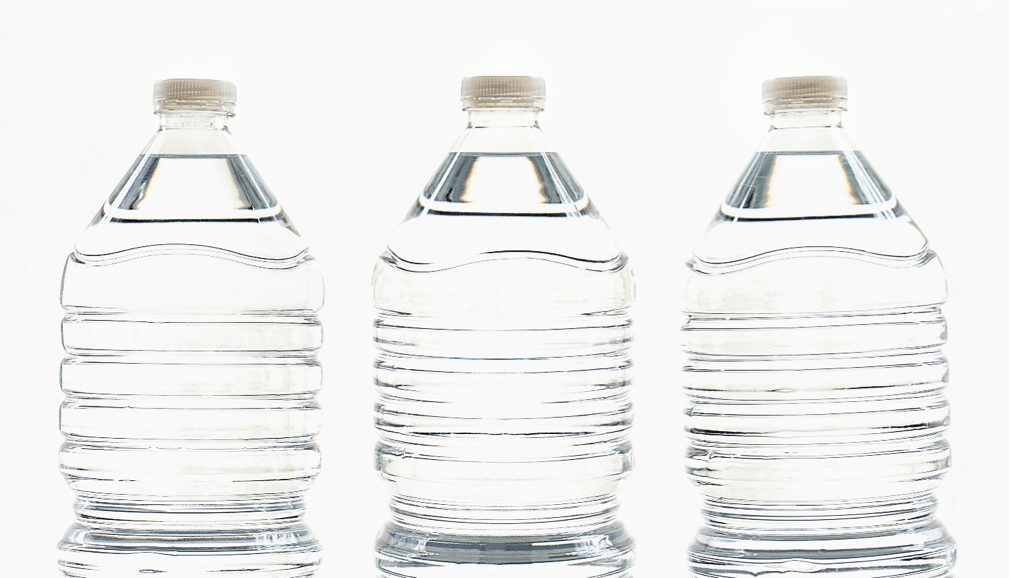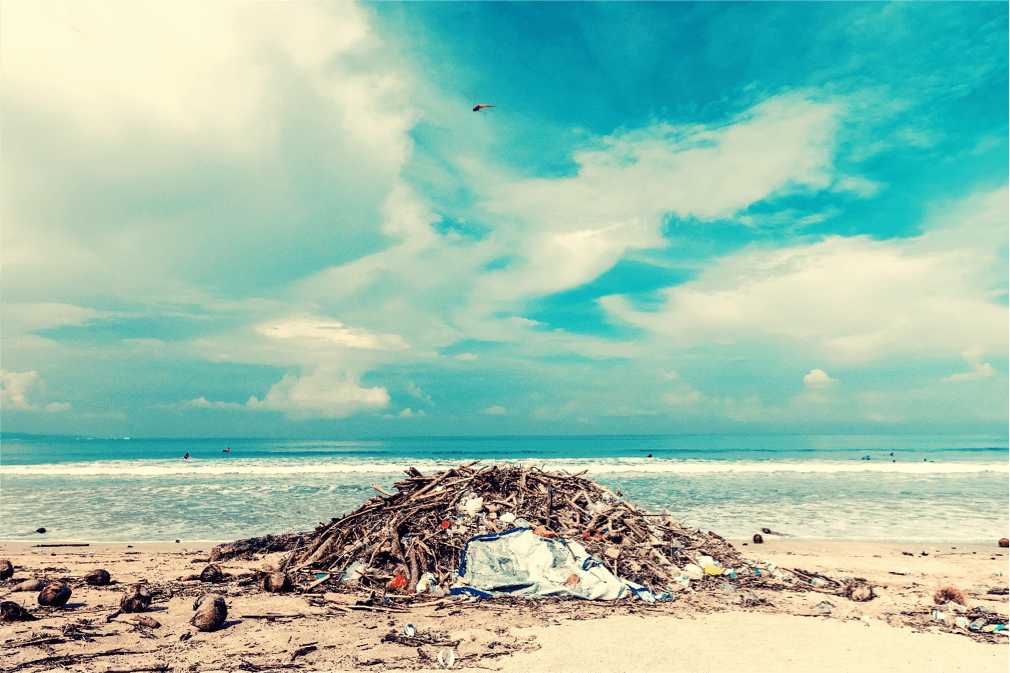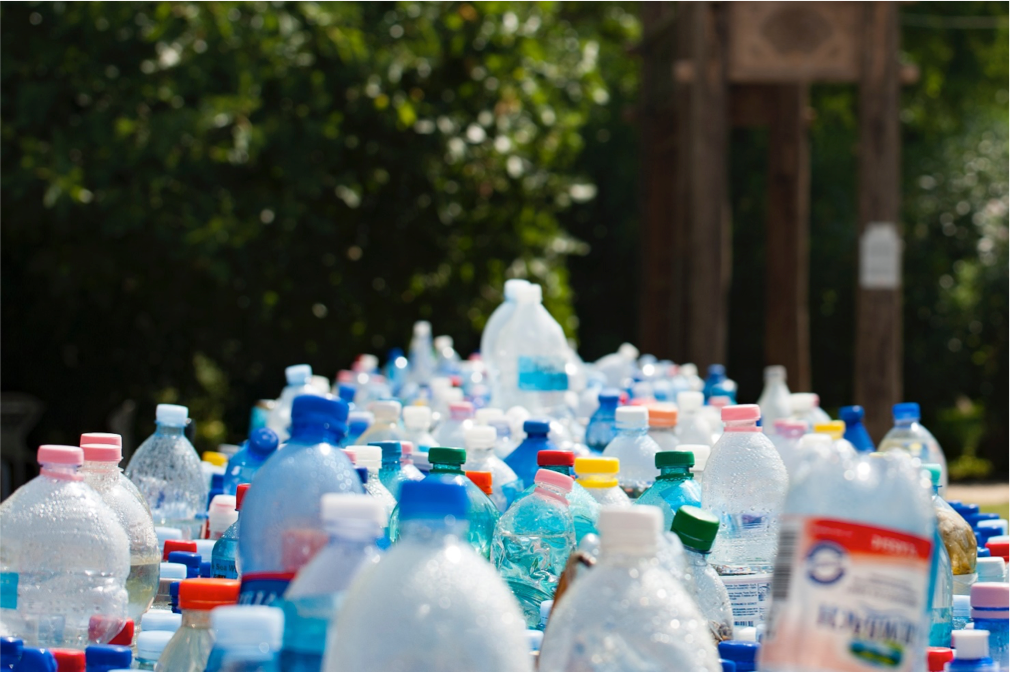The production of plastic products is increasing year by year. These are bottles, cans, canisters, grow trays, pallets, carrier bags, packages, labels, and wrap film, Scotch tape, various overlapping, signboards, lacings, folders, artificial grass coverings, filter tubes, and many other products.
Where is plastic used?
The number of plastic waste is increasing, which not only litter the world but also pollute it. Plastic belongs to materials that basically do not decompose over time, and when burned, extremely toxic substances are released that cannot be removed from the body. Therefore, plastic products must be recycled.
Currently, the issue of recycling polymer waste is becoming relevant not only in connection with environmental protection but also due to the shortage of polymer raw materials.
The popularity of plastic is explained by its lightness, efficiency, ease of use. So, in the production of plastic energy is required by 21% less than in the production of glass.
Stages and ways to process plastic waste
Plastic processing consists of several stages:
Collection;
Sorting out (by quality, clean/dirty waste, by color);
Pressing;
The processing itself (cutting, washing, drying, producing of regranulate);
New products manufacture.
There are several ways to recycle plastic.
- Pyrolysis is a thermal decomposition of substances in the presence of oxygen or without it.
- Hydrolysis occurs under extreme temperatures and pressures. This way of using wastes is energetically more profitable than pyrolysis since high-quality chemical products are returned to circulation.
- Glycolysis is destruction that occurs at high temperatures and pressure in the presence of ethylene glycol and a catalyst to obtain a pure product. This method is more economical compared to hydrolysis.
- Nevertheless, the most common thermal method of plastic processing is methanolysis, which is the splitting of waste using methanol.
- Currently, the most acceptable recycling method remains mechanical recycling, which is recycling (the method does not require expensive special equipment and can be implemented anywhere in the accumulation of waste).
What are biodegradable polymers
A radical problem solution of polymer debris, according to some experts, is the creation of biodegradable polymers that break down into substances that are harmless to animate and inanimate nature. First, polymers capable of withstanding environmental factors were developed. Now the concept has changed. Now we need polymers that maintain operational characteristics during the service life (consumption), and then undergo transformations under the influence of environmental factors and are included in the natural exchange process.
It is believed that polymeric materials based on plant materials (cereals, wood, starch, polysaccharides) decompose into completely safe components: water, carbon dioxide, biomass, and other natural compounds, i.e., ensure absolute environmental friendliness of the recycling processes. Besides, stocks of plant materials can be renewed forever. However, everything is not as simple as it seems at first glance. In order for the idea of biodegradation of a polymer material to be realized. A combination of three main factors is needed:
- appropriate environmental conditions;
- the presence of microorganisms selectively acting on the polymeric material;
- polymer materials of a specific chemical structure.
The top prospect and promising plastic for the chemical industry is polylactide. The range of its use is extensive. Lamination of packaging paper, dishes for microwave ovens, waste bags, disposable tableware, packaging for food.
Biodegradable materials with an active plant filler first appeared in the 70s – 80s of the 20th century on the packaging market in the USA, Italy, and Germany. These were starch compositions with various synthetic polymers.
Now more than 30 different polymers are considered available, which are widely used not only in the packaging market, but also in the textile industry, agricultural, medicine, and construction. Almost all the major companies in the field of polymer production offered their range of biodegradable materials. The market of biodegradable polymers is one of the fastest-growing segments of the agrochemical complex in the countries of America, Europe, Japan.
But biodegradable polymers do not solve the environmental problem:
It is difficult to control the decay rate into the dustbin under the influence of environmental factors;
Preferably a high cost of biodegradable polymers;
The irretrievable loss of valuable raw materials, including food, especially given the presence of hunger in some areas of the world;
Technological difficulties in the production of biodegradable polymers;
The safety of such materials and their decomposition products into flora and fauna has not been fully proven.
Therefore, according to some experts, the disposal of polymer wastes through the creation and use of biodegradable materials should have a controlled application, and possibly limited. The moral aspect of the problem is also discussed. Does humanity have the right to use agricultural ingredients for the production of chemical products if there is famine in the world?
The use of recycled plastic
It is generally believed that it will close the recycle loop because it allows the packaging to be recycled into new packaging. All recycled packaging remains recyclable. Recycled plastic curing stripe is primarily intended for industrial purposes. It can possess a competitive advantage if to speak about polypropylene and steel tapes. Fibrous material obtained from recycled plastic can be used as a sorbent at a sewage treatment plant, like a heater or filler.
From plastic waste and mineral fillers (ash, sand), polymer concrete is produced, a very strong and durable material that has a variety of uses. Plastic made from used beverage bottles can be a potentially cheap raw material, and recycling it into polymer concrete will also solve recycling issues. The use of polymer concrete for repairing concrete from Portland cement can be beneficial. The surface layer of polymer concrete can have a thickness of only 10 - 25 mm, which ensures wear, acid resistance, and low permeability.
Polymer concrete is light, quickly hardens, and forms a strong adhesion to the concrete surface; it can be applied soon and restored, which is very important for bridges and floors in industrial premises. The application of coatings from polymer concrete to reinforced concrete building structures significantly improves their appearance. The use of polymer concrete for the drainage of acid wastes, groundwaters, connecting boxes of waste pipes is beneficial.
Do not forget that the bulk of bed-linen fillers coming from China are made from recycled PET. If you are interested in a plastic waste business, the following reports are going to be useful. In February 2006, Envosmart (Netherlands) announced that it had signed agreements in several European countries on the construction of enterprises for the processing of plastic waste into high-quality diesel fuel. The fuel produced at Envosmart enterprises can be used in any standard diesel engines, the company notes.
The Chinese company Beijing Roy Environment Technology Ltd announced the creation of an EZ-Power plant for the processing of various types of plastic waste into electricity. At the same time, the installation works completely silently and does not produce harmful emissions into the environment.
According to a press release from the American Chemical Society, citing a publication in the industry magazine Energy & Fuels, chemists at Chevron and the University of Kentucky have developed a technology for producing motor oil from polyethylene. The developers believe that plastic oil will be able to compete with even more expensive oils based on Fischer-Tropsch wax, where natural gas is used as a feedstock.
About the author
As a former journalist and simply curious by nature person, Melisa Marzett keeps track of events. Currently writing for essay-editor.net, she writes articles, which are of interest of many curious minds. As a hobby, she likes traveling, sport, fashion, handmade, movies, healthy food, and even cartoons.




